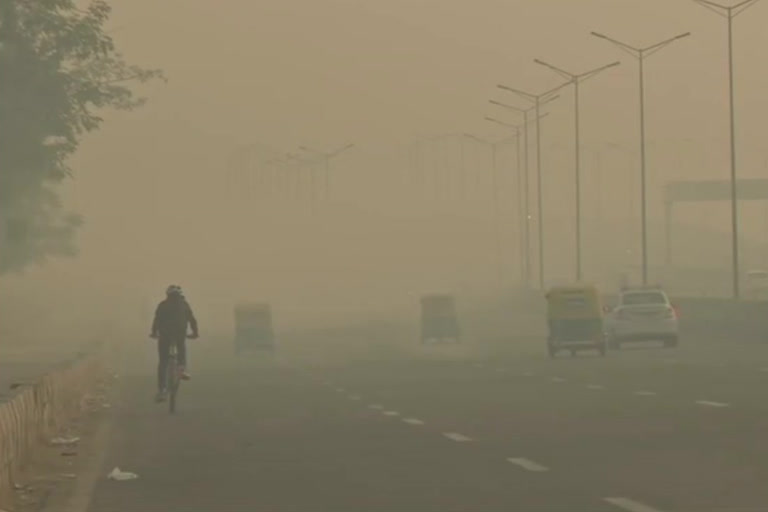New Delhi: A near-halt in normal life and economic activity, aimed at slowing down COVID-19 spread, yielded clear blue skies in Delhi, one of the most polluted cities across the world.
However, the gains from the COVID-19 lockdown did not last long as economic activity sputtered back to life, and air pollution returned to the city''s usual high levels, making the pandemic worse.
During the lockdown period without any major relaxations -- between March 25 and May 18 -- pollution levels in Delhi reduced drastically and the air quality index (AQI) remained in the "satisfactory" category for most of the time.
"In Delhi-NCR, one of the major factors that led to the drop in pollution was a 97 per cent reduction in overall traffic and 91 per cent reduction in trucks and commercial vehicles entering the capital during April, as compared to the pre-lockdown months of December-January," the Centre for Science and Environment said in a report.
From May 18 to June 5, the AQI remained in the ''moderate'' category. From July to September, monsoon rains kept pollution levels in check.
At an average AQI of 63.8, August was the cleanest month of the year in terms of air quality. There were four "good" air days in August, the highest in any month since 2015 when the CPCB began monitoring AQI.
By October end, the air turned "severe" again, raising concerns among health experts about its impact on the coronavirus patients.
It prompted the Delhi government to launch a massive anti-air pollution campaign - "Yuddh Pradushan Ke Viruddh" - under the leadership of Chief Minister Arvind Kejriwal and Environment Minister Gopal Rai.
In an effort to curb air pollution levels in the city, Kejriwal banned firecrackers in the national capital ahead of Diwali, and promised to ramp-up critical health infrastructure in state-run hospitals, citing links between rising air pollution and a surge in coronavirus cases in Delhi.
The Indian Medical Association said in November that "13 per cent of the recent COVID-19 cases may be linked to air pollution."
As pollutions levels breached the emergency threshold twice in the month, a grey apocalyptic smog enveloped Delhi for days, blotting out the sun from the sky and smudging landmarks from view.
According to the CPCB, the city recorded 10 "severe" air days this November, the maximum number in the month in four years, largely due to lesser precipitation and large-scale stubble burning.
Pollution levels on Diwali this year and the day after were the maximum in the last four years despite a ban on firecrackers.
